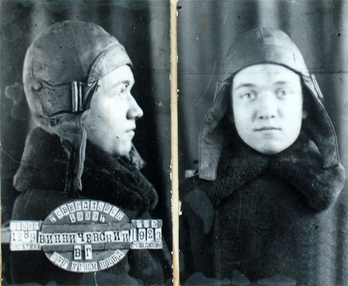
1923 - 1940
Vladimir Georgievich Vinnichevsky
Summary
Name:
Nickname:
The Urals MonsterYears Active:
1938 - 1939Birth:
June 08, 1923Status:
ExecutedClass:
Serial KillerVictims:
8Method:
Strangulation / StabbingDeath:
November 11, 1940Nationality:
Russia
1923 - 1940
Vladimir Georgievich Vinnichevsky
Summary: Serial Killer
Name:
Vladimir Georgievich VinnichevskyNickname:
The Urals MonsterStatus:
ExecutedVictims:
8Method:
Strangulation / StabbingNationality:
RussiaBirth:
June 08, 1923Death:
November 11, 1940Years Active:
1938 - 1939Date Convicted:
January 16, 1940bio
Vladimir Georgievich Vinnichevsky was born in June 1923 in Verkhnyaya Salda, a town in Sverdlovsk Oblast, Russia. He was born into a family that was considered wealthy by Soviet standards. His father, Georgy Ivanovich, worked as a crew chief in municipal public utilities, while his mother, Elizaveta Petrovna, was an accountant. They lived in a private house in the center of Sverdlovsk. Unlike many other families at that time, the Vinnichevskys could afford certain luxuries. For instance, young Vladimir owned a suit, leather shoes, and even a Swiss knife. He also received pocket money, amounting to more than 20 rubles at the time of his arrest.
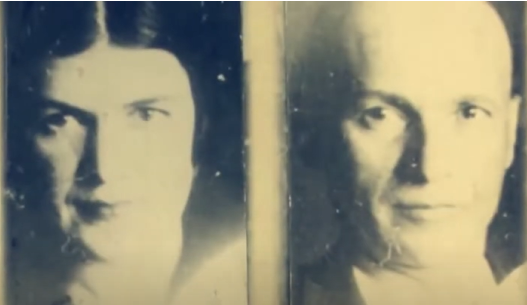
Vinnichevsky attended Sverdlovsk School No. 16, where he was in the 7 "B" grade. He struggled with his studies and had to repeat a grade due to his low performance. Despite this, he showed talent in singing and could recite many songs from memory. He developed a friendship with a classmate named Ernst Neizvestny, who later became a well-known sculptor. The two boys enjoyed each other's company and often went to the cinema or to the Sverdlovsk Theater of Musical Comedy together.
Ernst described Vinnichevsky as a humble and shy boy. He preferred to be alone and often stood apart from others in school. When they talked about girls, Vinnichevsky showed little interest and even expressed disgust towards intimate topics. Ernst also noticed that Vinnichevsky would sometimes spend a long time in the restroom, but the reasons for this were unclear to him.
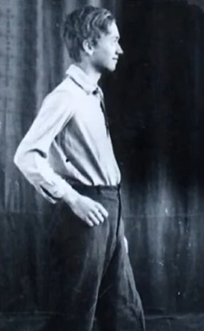
murder story
Vladimir Georgievich Vinnichevsky committed his first known murder in the summer or early autumn of 1938. The victim was a 4-year-old girl named Gerta Grebanova. Vinnichevsky lured her away from her home in Sverdlovsk and took her to a kitchen garden where he strangled her. He then attacked her with a kitchen knife, striking her head eight times.
Vinnichevsky continued to commit murders over the next few months. He traveled to different cities in Sverdlovsk Oblast to confuse the investigation. His victims included both boys and girls, and he attacked them for sexual purposes. The first high-profile case was the murder of Gerta, which provided crucial evidence for investigators due to a piece of the knife being lodged in her skull.
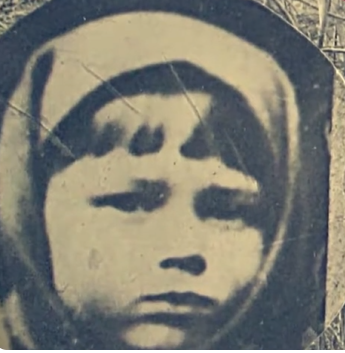
One of his later attacks involved 4-year-old Borya Titov, whom he took sledding and assaulted in a wasteland. Borya managed to survive and reported the incident. Vinnichevsky also killed a girl named Kate Lobanova in Kushva and discarded her body in a swamp. He frequently chose locations on the outskirts of Sverdlovsk for his attacks, often hiding the bodies under branches.
As he continued his crimes, he kidnapped 4-year-old Lida Surina and 3-year-old Valya Kamaeva, both of whom were murdered in the spring of 1939. Vinnichevsky attacked another girl, Alya Gubina, but she survived despite being severely stabbed.
Vinnichevsky's final known victim was 4-year-old Taisia Morozov. After killing her, he disposed of her body in a cesspool while leaving her clothes in a visible place to mislead investigators. Some of his injured victims were found alive but nearly lost to the world.
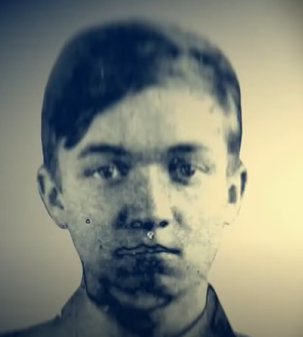
On October 24, 1939, Vinnichevsky was caught while attempting to abduct another boy, Vycheslav Volkov. He was detained by police cadets during the act. This incident led to his arrest and subsequently, a confession where he admitted to multiple murders and documented them in code.
During the trial, which captured significant attention, Vinnichevsky's parents publicly renounced him and requested the death penalty. He was sentenced to death on January 16, 1940, and was executed later that year. The location of his burial was not disclosed to his family, as executed individuals at that time were often buried in unmarked graves without their relatives' knowledge.